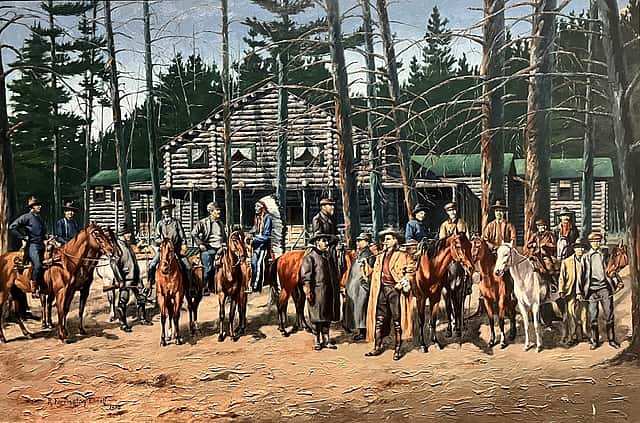
Long Hair’s Lodge: The Story of Pahaska Teepee
The Impending Winter
October in Cody means many things: colder weather, shorter days, frosty nights, hunting season, and the impending closure of the East Gate of Yellowstone for winter. Typically, the East Gate closes in late October as snow and ice on Sylvan Pass render travel dangerous and snow removal impractical. The seasonal shutdown also signals the start of snowmobiling, snowshoeing, and Nordic skiing at Pahaska Teepee, Buffalo Bill Cody’s historic hunting cabin and resort. As winter approaches and access through Yellowstone’s eastern entrance winds down, it’s worth looking back to the beginnings of this important Yellowstone entrance and the man who helped bring it to life.
Building the Road to Yellowstone
The East Gate entrance to Yellowstone National Park officially opened on July 10, 1903. Years earlier, Congress had set aside funds for a road that would connect the town of Cody and Yellowstone National Park. Col. Cody had entreated President Theodore Roosevelt to ensure the road’s completion. By 1901 road construction and land surveying began in earnest, much to the excitement of Buffalo Bill who had aspirations to build a hunting lodge and resort where Middle Creek and the North Fork of the Shoshone River meet, just outside Yellowstone’s East Gate. One of three hotels built by Col. Cody, the lodge at Pahaska would serve as accommodations for tourists traveling to the Park from the town of Cody while doubling as a hunting retreat for Col. Cody and his circle of distinguished friends.
Constructing Pahaska Teepee
With the road to Yellowstone completed, transport of building materials to the construction site could begin at what eventually became known as Pahaska Teepee, a name suggested by Chief Iron Tail of the Lakota Sioux. W. Hudson Kensel explains in his historical account of Pahaska Teepee that Col. Cody initially thought to name the lodge “Beecher Inn” after his good friend, Reverend George Beecher of North Platte, Nebraska. Chief Iron Tail, a Lakota Sioux leader and friend of Cody’s, instead suggested an enduring sobriquet reflective of Buffalo Bill’s appearance—Paha-Haska Teepee, translated from Sioux as “Long Hair’s Lodge.” The rest is history, as they say. Historians estimate that construction of the lodge began sometime in 1903 and continued while Col. Cody toured the nation and the world with his Wild West Show. The Pahaska Teepee Lodge formally opened to the public on July 5, 1904, constructed largely from the lodgepole pines found in the area, and designed by conservationist, Harvard graduate, aristocrat, and artist A.A. Anderson who also designed his own Palette Ranch Lodge in Greybull, Wyoming. Nick-named “The Gem of the Rockies” by Col. Cody himself, the front of the T-shaped two-story lodge faces east where visitors can enjoy the morning sun and babbling waters of the Shoshone River’s North Fork—an ideal retreat from the hustle and bustle of daily life, even in 1904.
Elwell’s Historic Painting

Shortly after the Lodge’s opening, Col. Cody arrived at Pahaska Teepee for an extended hunt with a large group of acquaintances. Historical records list Dr. Frank Powell, Major John Burke, Chief Iron Tail, and a number of wealthy Britons among the group. Young and aspiring artist R. Farrington Elwell captured this gathering of hunters and aristocrats in a painting titled “Pahaska Teepee Hunting Party.” Elwell likely became the first artist working for Col. Cody in a long-term role, contributing also as a ranch manager and engineer. While living in Boston, Elwell created promotional illustrations for The Boston Globe advertising Cody’s Wild West Show. Fortuitously, Elwell met Cody when the show visited Boston circa 1892. Their association grew and Elwell became a trusted employee and friend to Col. Cody. Elwell’s historic painting, Pahaska Teepee Hunting Party—likely Elwell’s first commissioned work for Buffalo Bill—now hangs in the Buffalo Bill Museum at the Buffalo Bill Center of the West, a bequest of Pearl C. Newell.
Although Pahaska Teepee primarily served as a lodge for tourists traveling from Cody to the Park, Buffalo Bill occasionally used it as his private hunting lodge and base for backcountry excursions. When Prince Albert of Monaco visited the town of Cody in 1913, Cody entertained the Prince at Pahaska, guiding him on successful hunt in the Absaroka Wilderness, about ten miles northeast of Pahaska near Torrent Creek. This location eventually became known as Camp Monaco, where Prince Albert took a bull elk and a black bear. The Prince so enjoyed his time at Pahaska and Camp Monaco that he delayed his departure by several days to enjoy the Wyoming wilderness just a bit longer.
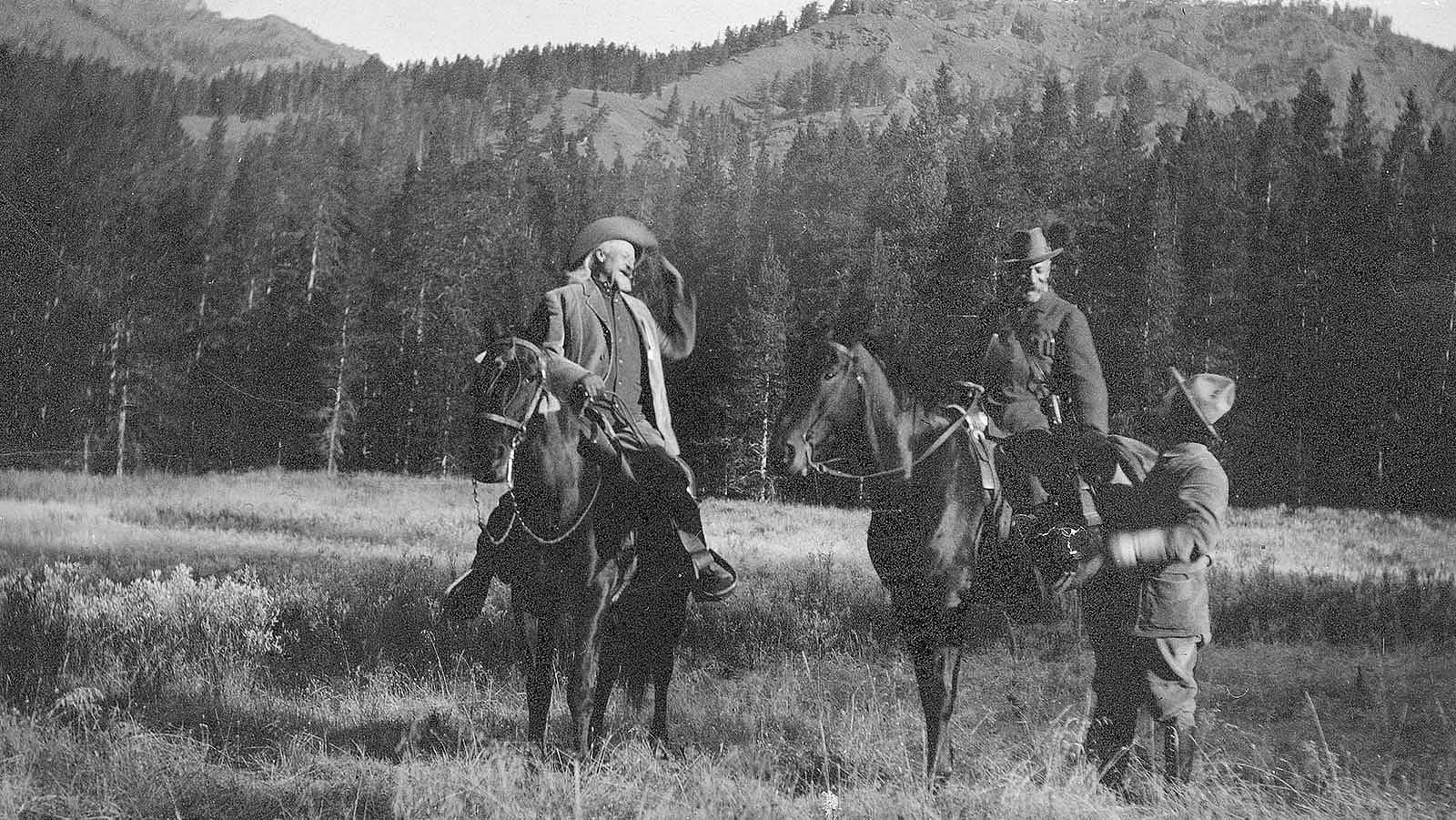
Pahaska Teepee Today
Now owned and operated by the Coe family (since 1946), Pahaska Teepee still thrives as a full-service resort for visitors to Yellowstone. Because of structural instability, the original hunting lodge now functions only as a summer museum, and in 1973 the National Register of Historic Places added Pahaska Teepee to its list. The resort now features a restaurant, gift shop, rustic cabins, horseback riding, hiking, and fishing on the Shoshone River. In winter, Pahaska transforms into a snowy wonderland of groomed ski and snowshoeing trails stretching over fifteen miles through the Shoshone National Forest. Local snow enthusiasts often tailgate on the grounds of the old lodge that now includes a cozy warming hut for après ski. Snowmobile tours into Yellowstone also launch from Pahaska, giving folks an opportunity to see the magnificence of the Park in winter.
Preserving History and Legacy
This combination of past and present returns us to the rugged hunting scene preserved in Elwell’s painting, which does more than capture a moment in time. It opens a window into the history of an important Wyoming landmark shaped by friendship, adventure, and bold enterprise, while illustrating the importance of museums: preserving the items that tell our vital stories, and embedding them in collective memory.
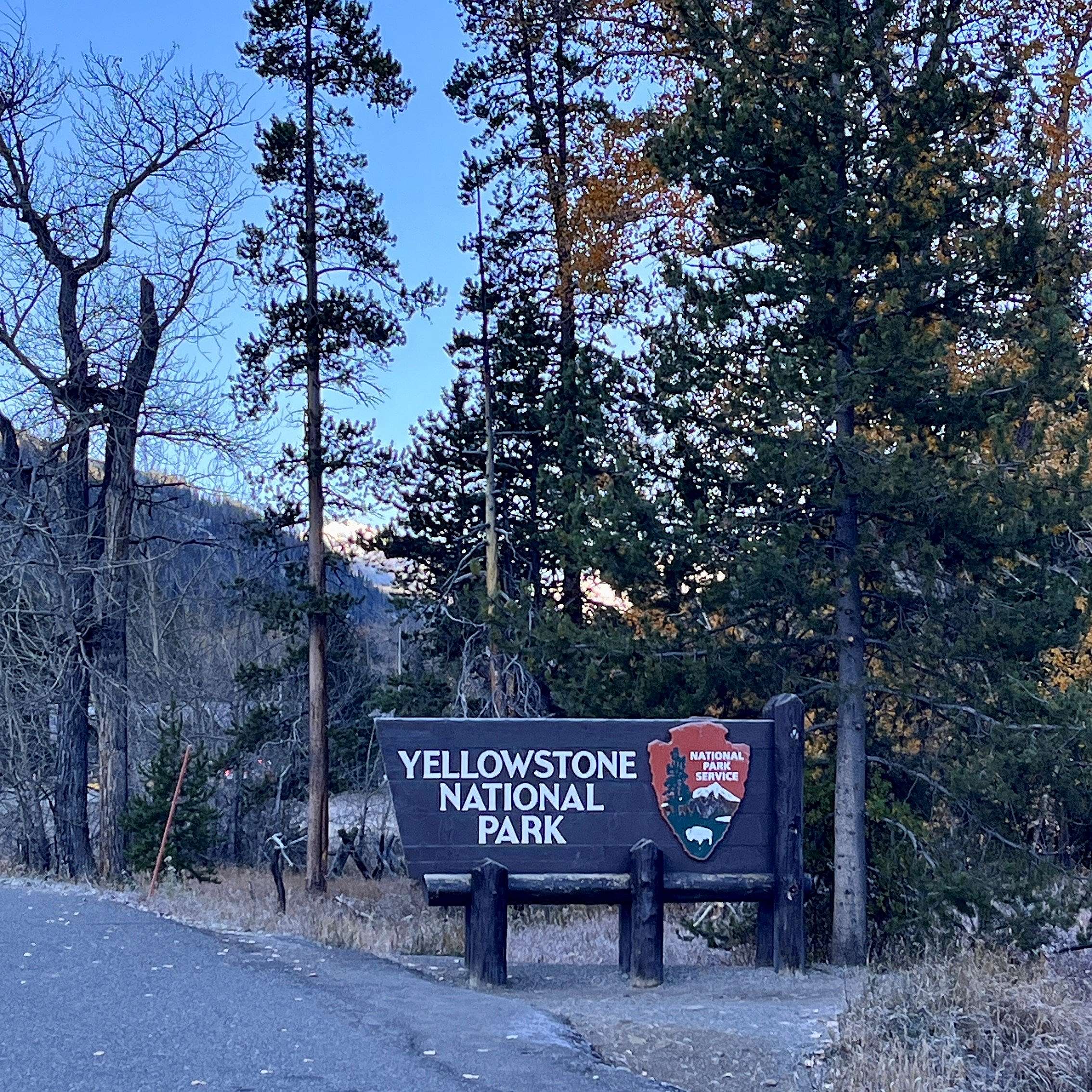
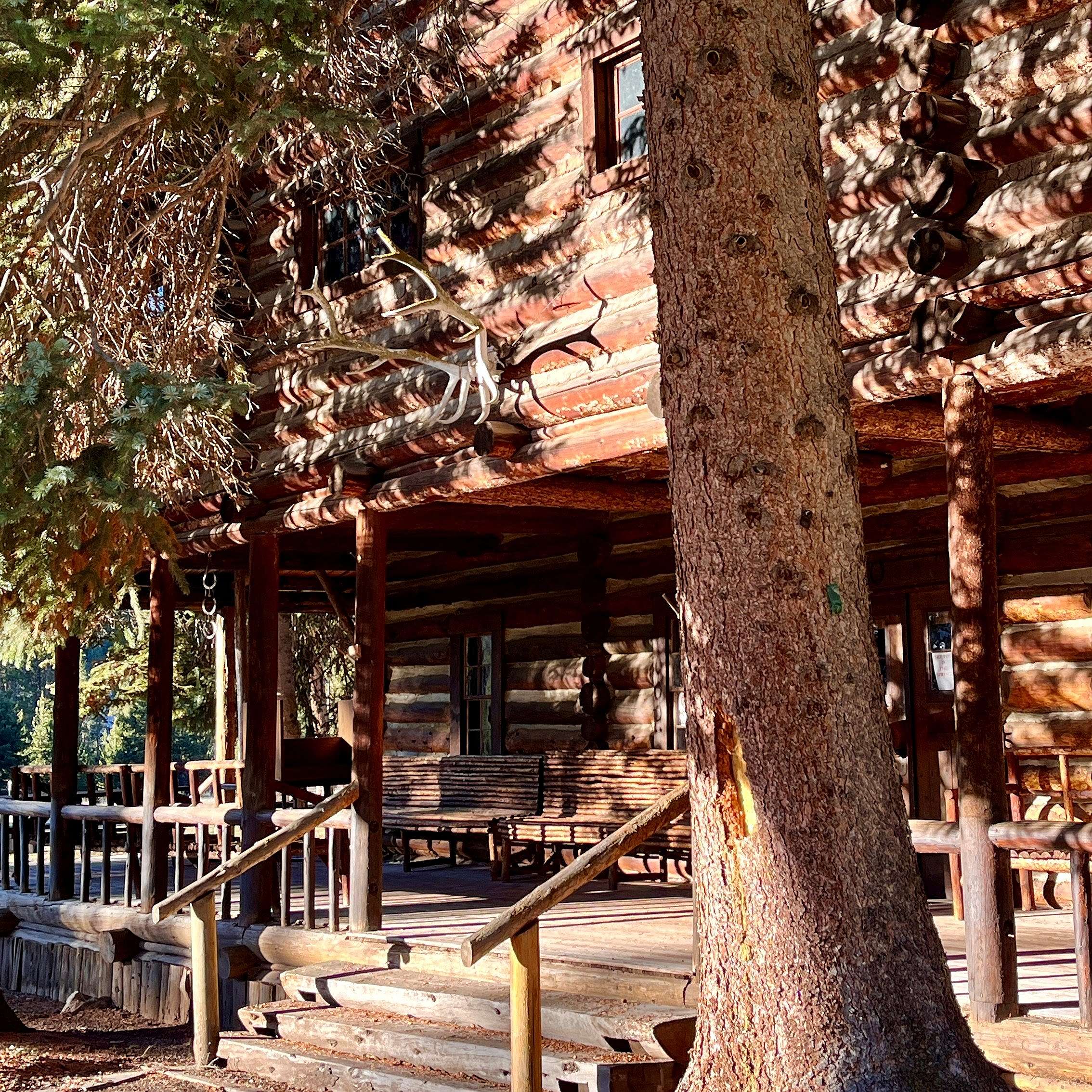
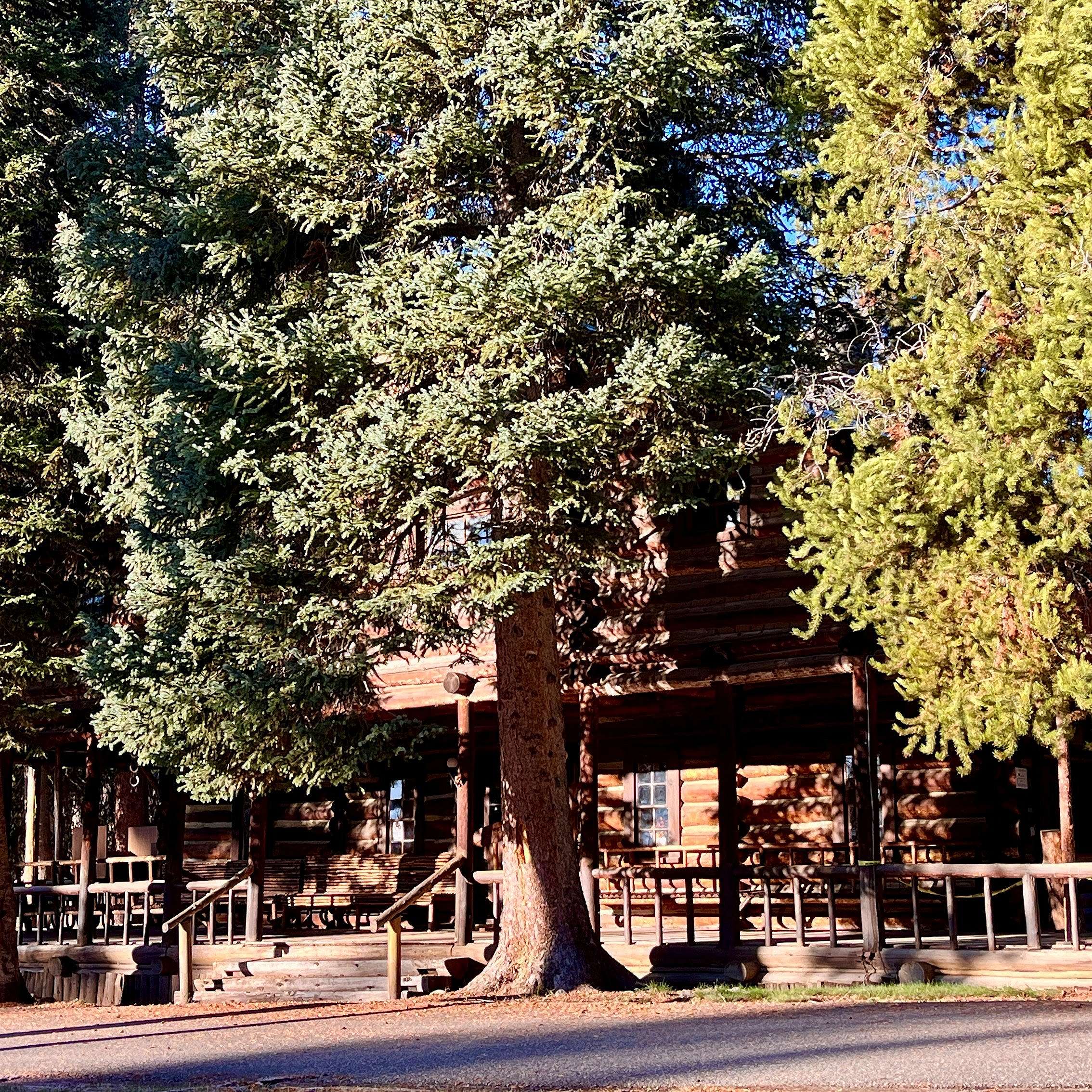
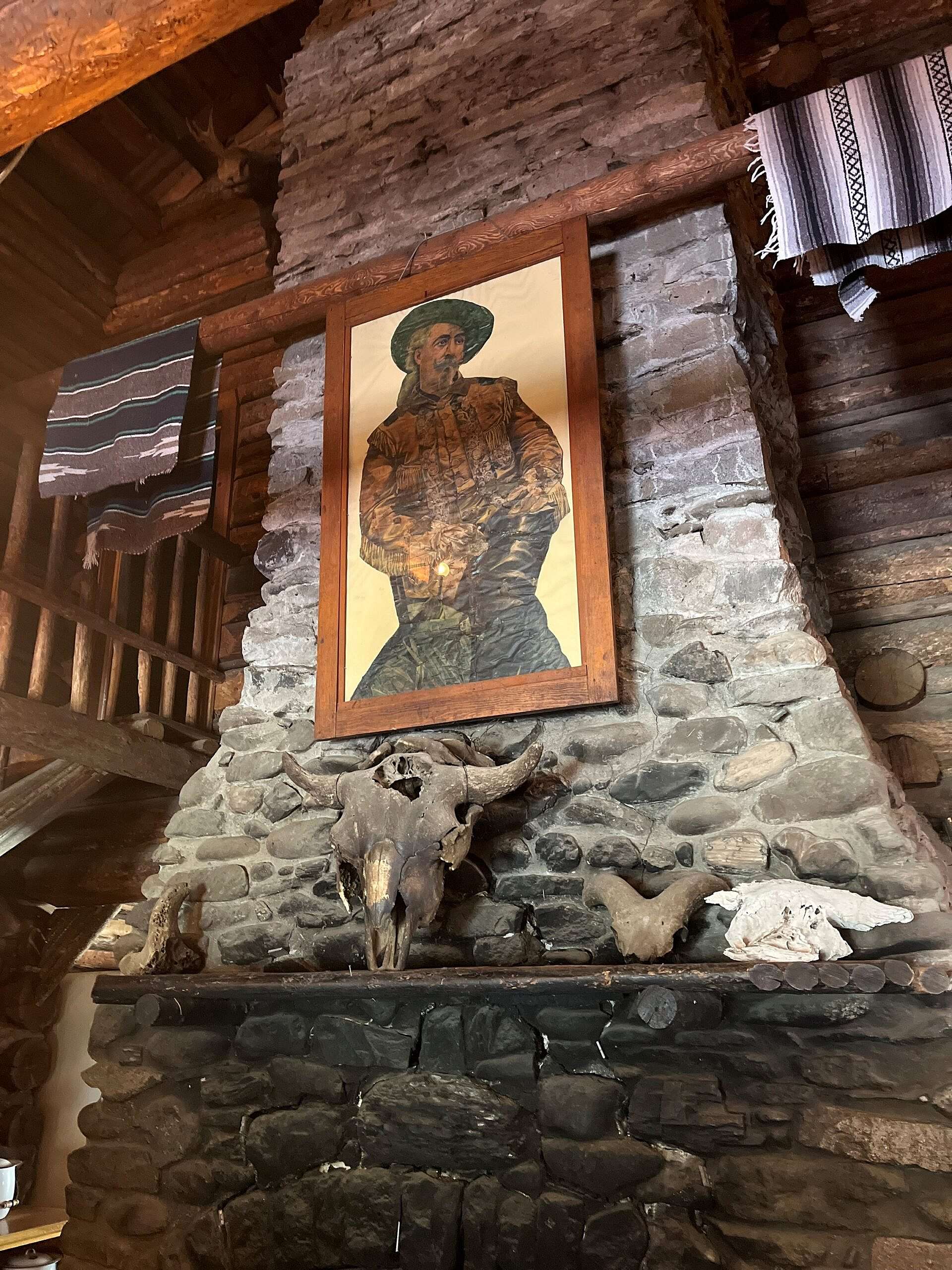
Written By
Jane Gilvary
Jane Gilvary is a Content Specialist in the Public Relations Department at the Center of the West. She writes and manages web content and serves as editor of the Center’s monthly e-newsletter, Western Wire. Outside of work, Jane enjoys exploring Wyoming’s backcountry and discovering its hidden treasures.
